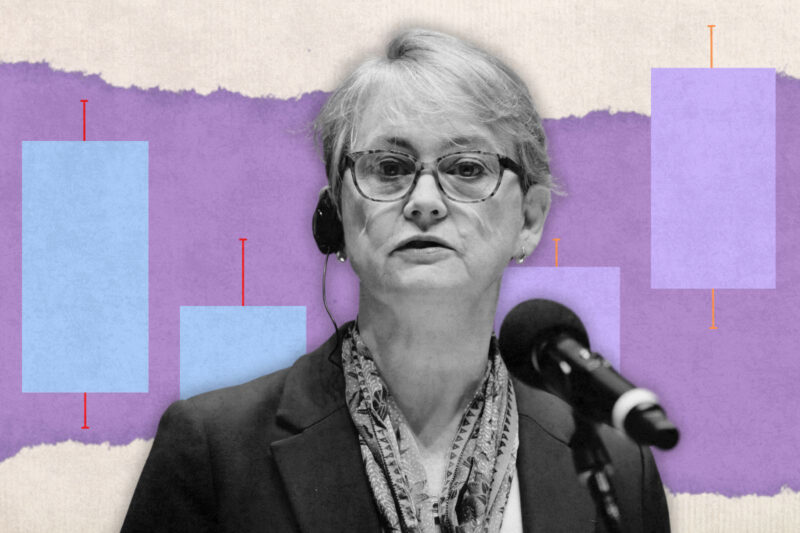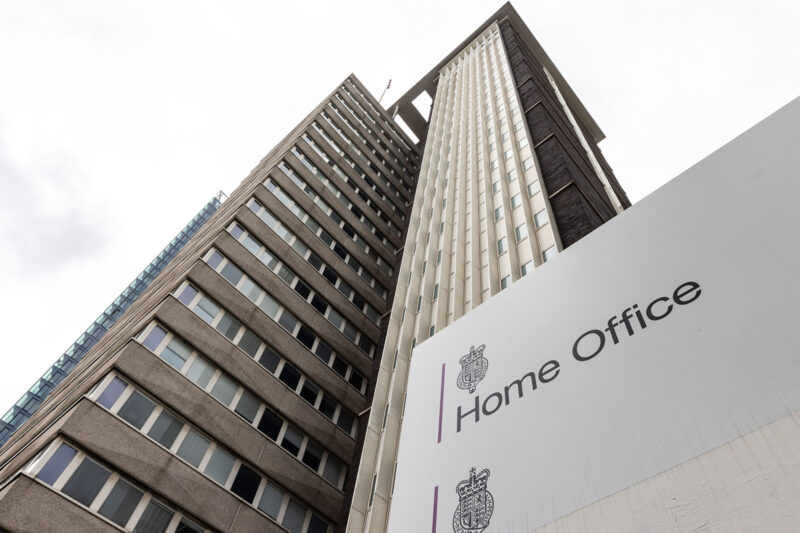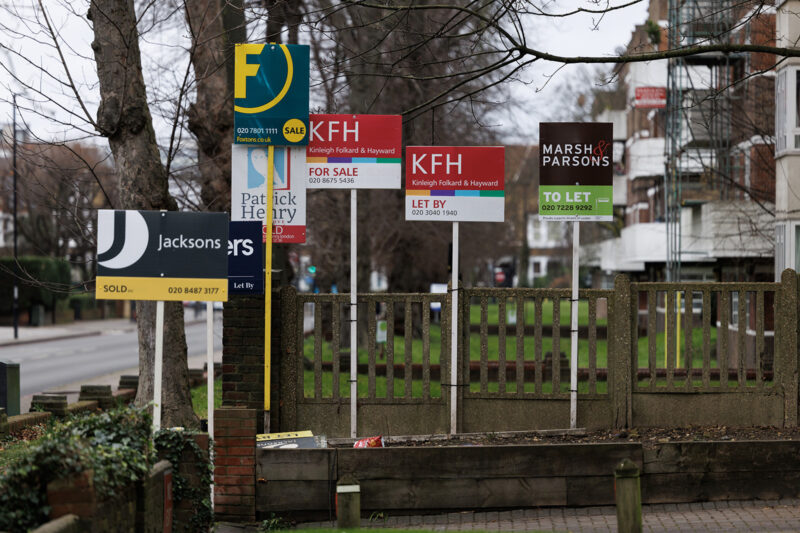
E-visa failures leave refugee to sleep rough as caseworker warns of Home Office chaos
Inaccessible accounts mean new refugees can’t get housing and services, and trying to fix errors is like navigating a ‘labyrinth’
Failures in the government’s flagship digital visa system have left people unable to access benefits and even sleeping rough, while Home Office staff dealing with the new scheme appear to be “learning on the job”.
One man told Hyphen he had been locked out of his local council’s housing system and was forced to sleep in mosques and churches because his e-visa account — which is replacing physical documents for more than 4 million people — did not work. And a caseworker said government workers did not appear to know what they were doing, leading to errors in people’s accounts that leave them unusable.
Latest figures show about a million eligible people still did not have e-visa accounts by the end of November 2024 as the deadline loomed. The Home Office appears to have delayed the release of more up-to-date figures, originally due to be published on 30 January, until the end of February.
Khidir, 34, arrived in the UK from Sudan in December 2023. Although he was granted refugee status in November 2024, his e-visa account did not work until the end of January 2025, which left him unable to apply to his local council for help finding a home.
“Sometimes I slept in the Salvation Army shelter, sometimes in a church, sometimes in a mosque,” he said.
“The council asked for a share code [a digital proof of status], but I couldn’t provide one. So I was homeless for weeks.”
Cases such as these are common, according to Colm McDonald, a caseworker at the Colchester-based charity Refugee, Asylum Seeker & Migrant Action. The problem is particularly acute for those newly granted refugee status, who have just 28 days to secure housing before being kicked out of Home Office accommodation.
“People granted asylum after 1 November 2024 are supposed to receive a letter with an access code and customer reference number within 14 days of receiving their decision letter to set up their e-visa,” he said. “But many don’t get that letter within that timeframe, or the details used to register their account — email addresses and phone numbers — are outdated or incorrect.”
For individuals in these situations, gaining access to their accounts means navigating a “labyrinth process”, says McDonald. He described the ordeal of calling the UK Visas and Immigration (UKVI) resolution centre, where wait times of more than an hour are common.
“Even when they get through to the resolution centre, sometimes staff at the resolution centre can help them update those details, and sometimes they can’t,” he said. “They appear to be people learning on the job. Some accounts are set up with Home Office email addresses and phone numbers, making it impossible for the person to access them.”
In some cases, when asylum applicants are granted refugee status, the Home Office acknowledges that their contact details are missing or outdated and sends a letter requesting updated information to set up their e-visa, McDonald added. But even when individuals respond, their submissions sometimes go unnoticed, and the Home Office may assign a generic email address and phone number to their accounts — making it similarly impossible for individuals to access their digital status.
“The Home Office claims they will fix mistakes within 10 days, but that rarely happens,” said McDonald. “People call again and again, only to be told: ‘We’ll escalate it.’ But nothing changes.”
An inaccessible e-visa account can also affect employment and financial support.
“If someone’s details, like their name or date of birth, are incorrect in the system, that can prevent them from claiming universal credit,” said McDonald. “We’ve had cases where the Job Centre refused to process claims because the details didn’t match.”
Khidir’s experience echoes this. “When you don’t have a stable place or home, it brings about many problems,” he said. “Where am I going to sleep? Where am I going to eat? I’m also dealing with the council and visiting other organisations to help with my visa, so I don’t have time to attend English classes at the local college.”
McDonald also fears that thousands could be unknowingly affected, with many longtime UK residents still unaware they need to register for an e-visa.
The government announced that the digital scheme would replace physical documents such as biometric residence permits (BRPs) with an online equivalent in 2023. Concerns about the system’s readiness and potential impact on vulnerable populations eventually led to the 31 December 2024 deadline being pushed back to March 2025.
“The government was warned about this years ago,” said McDonald. “There could be a Windrush-style disaster, where thousands of people suddenly find themselves undocumented because they didn’t know they needed to transition to digital status.”
Some 3,129,373 people had signed up for e-visa accounts by the end of November.
A Home Office spokesperson said e-visas would improve the efficiency and security of the immigration system and could not be lost or stolen like physical documents. But they added: “We are listening carefully to people’s concerns and ensuring that anyone who is having trouble accessing their e-visa is supported.”
Editor’s note: this story was updated on 3 February 2025 to include a response from the Home Office, which was provided after our original publication.
 Newsletter
Newsletter













